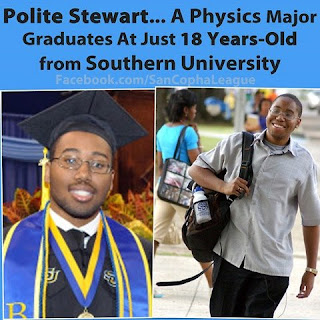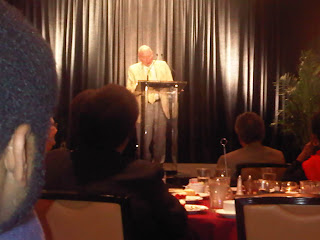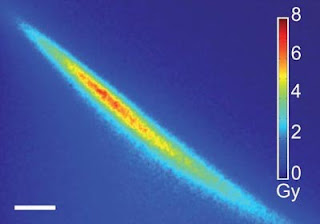Because of Diola Bagayoko's (pictured left) expertise in educational theory and physics, his wife thought that he would be the perfect person to help undergraduates, especially African-Americans and other underrepresented minorities at Southern University in Baton Rouge, Louisiana, start their careers in science, technology, engineering, and mathematics (STEM).
Established in 1990 with funding from the National Science Foundation (NSF) and the Louisiana Board of Regents, the Timbuktu Academy is an award-winning mentoring program for underrepresented minorities in STEM fields. The program's pre-college to graduate curricula includes the Undergraduate Research Program (URP), which provides students with the educational support they need to succeed in graduate school. Bagayoko, a solid-state physicist and native of Mali, named the academy after the medieval Malian city of Timbuktu, which was renowned for its scholarship.
In the beginning, Timbuktu Academy provided mentoring only for physics undergraduates and a handful of pre-college students, but with the help of additional funding from the Department of the Navy and the Office of Naval Research (ONR), in 1993 the academy added chemistry and engineering majors and 100 to 200 pre-college students. To date, the academy's URP has sent 74 students -- 47 in physics -- to science and engineering graduate programs throughout the country, including the University of Michigan, Stanford, and Cal Tech. Moreover, 19 have earned M.S. degrees and 8 have earned Ph.D.s with many others nearing completion.
MySciNet: Timbuktu Academy: Mentoring Future Scientists
Site: Timbuktu Academy of Science and Technology
1996 Presidential Award Recipient
2002 Presidential Award Recipient












